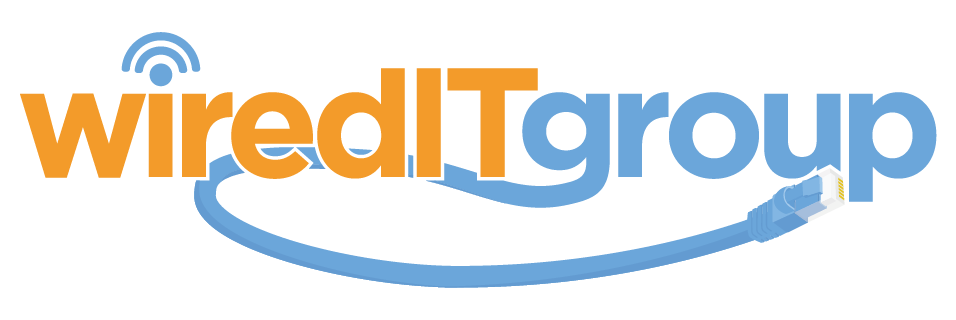What is a LAN?

Local area networks (LAN) are a collection of devices linked together in one physical location, like a building, office, or home. They can be big or small, ranging from a home network with a singular user to an enterprise network with tons of users with devices in an office or educational institute. Despite its size, a LAN’s fundamental defining attribute is that it links devices that are in a singular, limited area. Contrastingly, wide area networks (WAN) or metro area networks (MAN) encompasses larger geographical areas. A lot of WANs and MANs link to many LANs.
What’s in a LAN?
A LAN includes cables, access points, switches, routers, and other elements that allows devices to link to inner servers, web-servers, and other LANs through broad area networks. The rise of the virtual world has also driven the advancement of virtual LANs, which enables network administrators to reasonably group network components and separate their networks without the requirement for significant infrastructure modification. For instance, in an office with several departments, like accounting, IT services, and management, each department’s computers can be reasonably connected to comparable switches but individualized to act as if they are separate.
What are the Advantages of a LAN?
The benefits of a LAN are identical to those for any collection of devices in a network collectively. The devices are able to use a singular Internet connection, share files with each other, print to joint printers, and be accessible to, and even managed by one another. LANs were created in the 60’s for the use of educational institutes, and research institutions (like NASA), mainly to connect computer to computer. It was not until the advancement of Ethernet technology (1973, via Xerox), its commercial use (1980), and its normalization (1983) that LANs began to be widely used. Whereas the advantages of having devices linked to a network have had a clear understanding, it wasn’t until the wide advancement of Wi-Fi tech that LANs began to become more common in nearly every kind of stetting. Presently, not only do businesses and educational institutes use LANs, but also eateries, libraries, retails stores, and residential homes. Wireless connectivity has also greatly advanced the kinds of devices that can be linked to a LAN. Today, almost everything thinkable can be “connected,” like PCs, printers, and smartphones to smart TVs, home audio, lighting, temperature control, window shades, doorbells, security systems–and even Frappuccino makers, refrigerators, etc.
Are There Various Kinds of LANs?
Typically, there are 2 kinds of LANs: client/server LANs and peer-2-peer LANs. Client/server LANs comprise of multiple devices (the clients) linked to a centralized server. The server controls file storage, application accessibility, device accessibility, and traffic from the network. A client could be any linked device that runs or has access to applications and/or the Internet. The client links to the server through cables or via wire-less connections. Usually, a number of applications can be retained on the LAN server. Users have access to databases, e-mail, file sharing, printing, and other services through applications operating on the LAN server, with read/write access managed by a network or IT admin. A lot of mid-size to large businesses, government, research institutes, and educational networks are client/server-based LANs. A peer-2-peer LAN does not have a centralized server and cannot manage heavier workloads like a client/server LAN is able to, and so they’re usually smaller. On peer-2-peer LANs, each device shares similarly in the functionality of the network. The devices share resources and data via wired or wire-less connections to a switch and/or router. A lot of home networks are peer-2-peer.
Find IT Services in Phoenix, AZ
Wired IT Group is a full-service information technology (IT) vendor, based in Phoenix, AZ. Our team is capable of designing, installing, and maintaining all of your IT solutions from network management, server maintenance, network systems to security systems, and low voltage cabling we have you covered. Call us today at 480.210.8799 for more information about our managed IT services.
More Articles About IT Services
- What is Server Security?
- What is Network Security?
- What are Unified Communications?
- Security Camera Installation Cost
- What is Network Management?
- How Do I Install A Security Camera In My Phoenix Arizona Home?
- What is the Going Rate for IT Services?
- What is Server Maintenance?
- What Does Managed IT Services Mean?
- What are IT Services?
- Different Types Of Network Security

